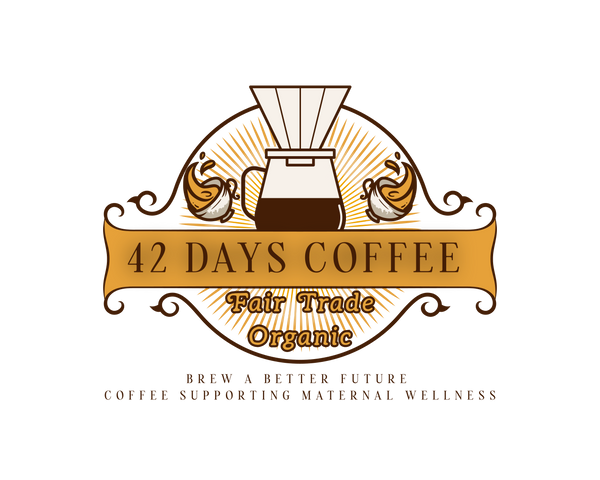
Why Size Matters: The Science Behind the Perfect Coffee Grind
Share
When it comes to brewing the perfect cup of coffee, many factors come into play: the quality of the coffee beans, the water temperature, the brewing method, and one often overlooked but crucial element—the grind size. Understanding the science behind coffee grinding can elevate your coffee experience from average to extraordinary. In this post, we’ll explore why the size of your coffee grind matters and how it influences the flavor and quality of your brew.
1. Introduction to Coffee Grinding: Why It’s Essential
Organic coffee beans are full of complex flavors that are unlocked during the brewing process. Grinding coffee beans allows the water to extract these flavors more efficiently, but the size of the grind plays a critical role in determining how those flavors are released.
- Fact: The surface area of the coffee grounds increases as the beans are ground finer. This increased surface area allows for more interaction between the water and the coffee, impacting the extraction process.
2. Different Grind Sizes and Their Uses
Not all brewing methods are created equal, and neither are coffee grinds. Each brewing method requires a specific grind size to achieve the best results.
Grind Size Comparison Table
| Grind Size | Description | Best Used For |
|---|---|---|
| Coarse | Large, chunky pieces | French press, cold brew |
| Medium | Similar to sand | Drip coffee makers, pour-over |
| Fine | Similar to table salt | Espresso, Moka pot |
| Extra Fine | Powdery, like flour | Turkish coffee |
- Coarse Grind: Best for methods like French press and cold brew, where a longer brewing time requires larger particles to prevent over-extraction.
- Medium Grind: Ideal for drip coffee makers and pour-over methods, offering a balanced extraction time.
- Fine Grind: Necessary for espresso and Moka pots, where the brewing time is short and a finer grind is needed for quick extraction.
- Extra Fine Grind: Used for Turkish coffee, where the grounds are almost powdery to achieve a rich, intense flavor.
3. The Science of Extraction: How Grind Size Affects Flavor
The grind size directly affects the extraction process, which is the chemical reaction that occurs when water interacts with coffee grounds to extract flavors.
- Under-Extraction: Occurs when the grind is too coarse, leading to weak, sour, or acidic flavors because not enough of the coffee’s soluble flavors are extracted.
- Over-Extraction: Happens when the grind is too fine, resulting in bitter, harsh flavors because too many of the coffee’s soluble compounds are extracted.
Brewing Tip: Always match your grind size to your brewing method to avoid under or over-extraction. Experimenting with grind size adjustments can help you fine-tune your brew to perfection.
4. Common Mistakes and How to Avoid Them
Even seasoned coffee drinkers can make mistakes when it comes to grinding. Here are some common pitfalls and how to avoid them:
- Using the Wrong Grind Size: Matching the grind size to your brewing method is crucial. For example, using a coarse grind for espresso will result in weak, watery coffee, while a fine grind in a French press will produce a muddy cup.
- Inconsistent Grind: An inconsistent grind can lead to uneven extraction, with some grounds over-extracting and others under-extracting. Invest in a good quality grinder to achieve a consistent grind.
- Not Adjusting for Freshness: As coffee ages, it loses its volatile compounds, affecting flavor. You may need to adjust your grind size to compensate for older beans to get the best flavor.
5. Grind Consistency: Why It Matters
Achieving a consistent grind is essential for a uniform extraction, which is the key to a balanced and flavorful cup of coffee. Different grinders offer varying levels of consistency:
- Blade Grinders: Tend to produce an uneven grind, which can result in inconsistent flavor.
- Burr Grinders: Provide a more uniform grind size, which is crucial for achieving a consistent extraction.
Brewing Tip: For the best results, always use a burr grinder. It may be a bit more expensive, but the consistency and control it offers are worth the investment.
Conclusion:
The size of your coffee grind is more than just a small detail; it’s a fundamental aspect of brewing that can make or break your cup of coffee. By understanding the science behind grind sizes and how they affect the extraction process, you can elevate your coffee-making skills and enjoy a better-tasting brew. So next time you prepare your coffee, remember: size matters!

